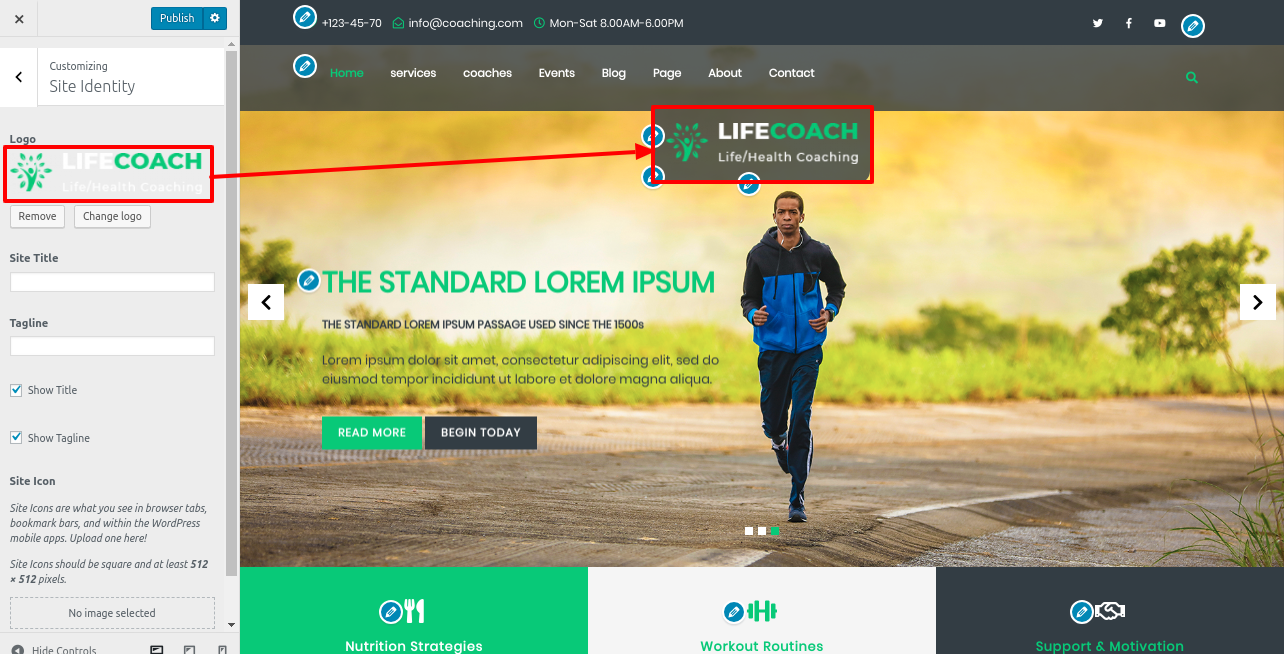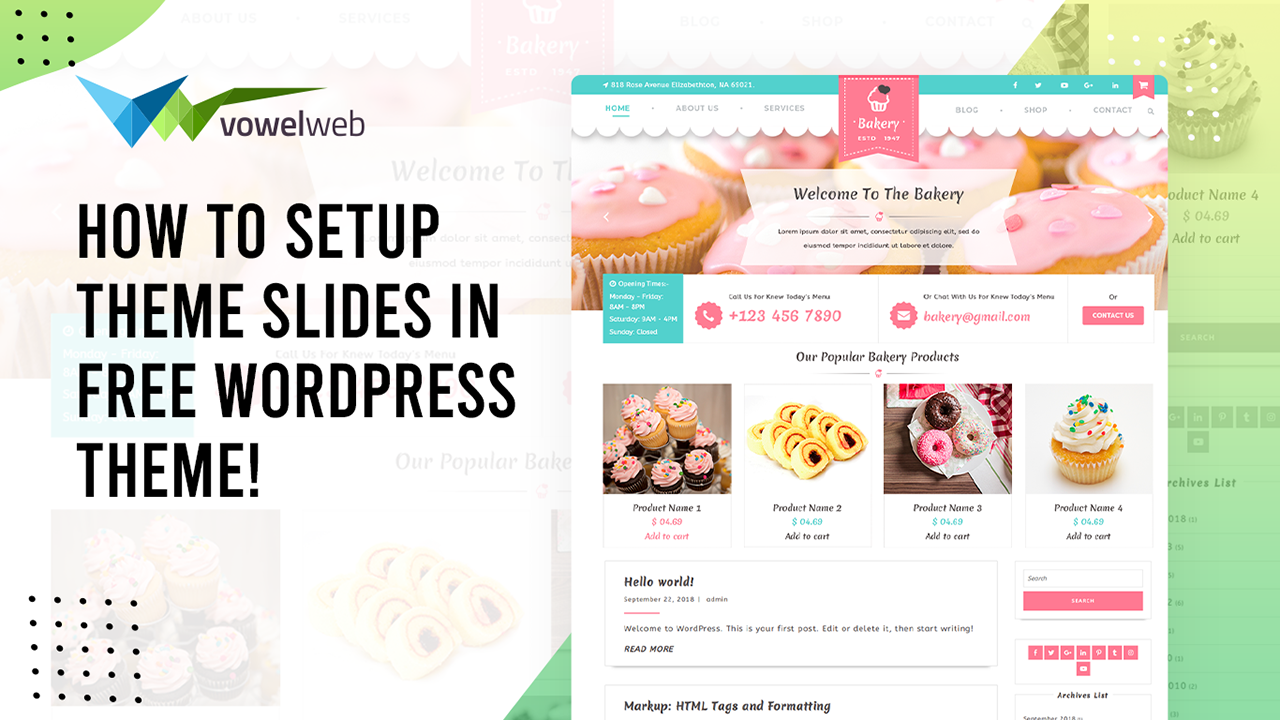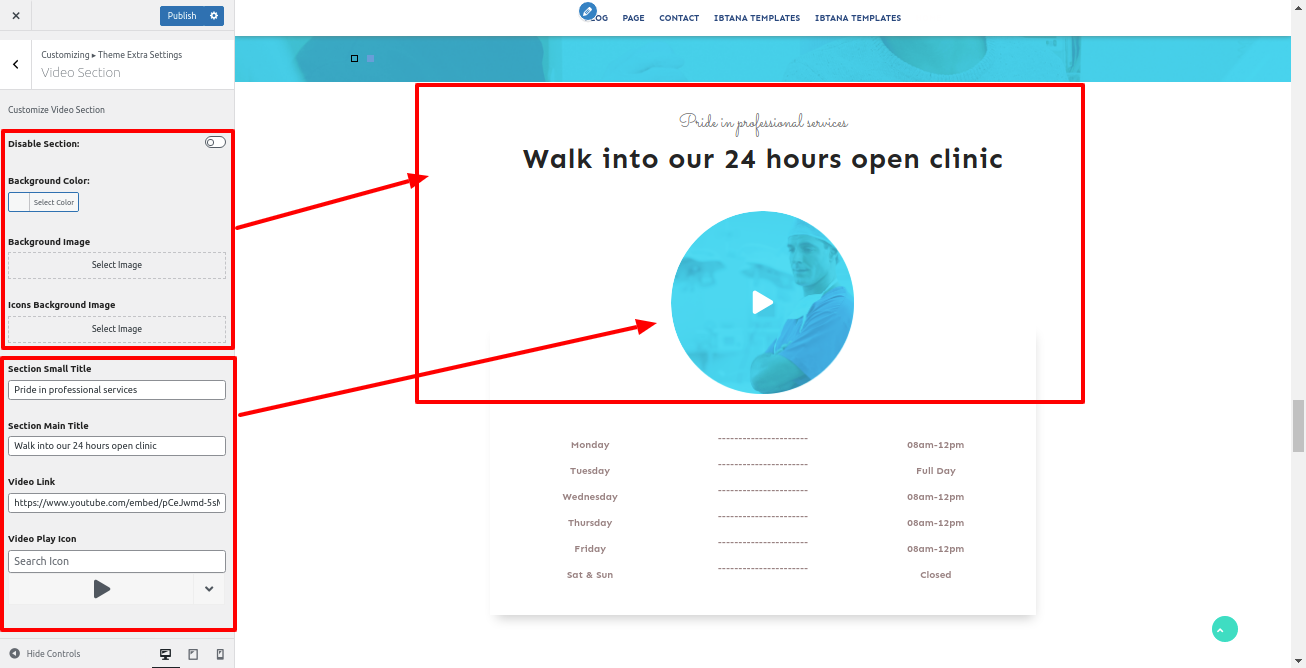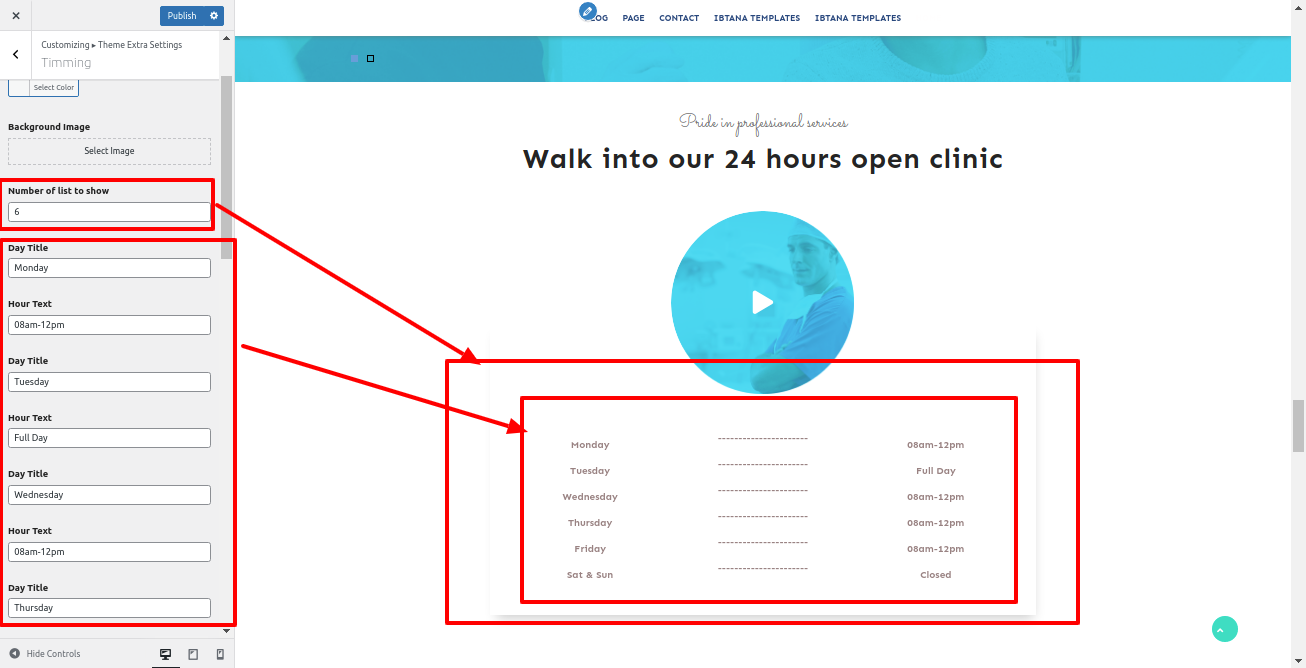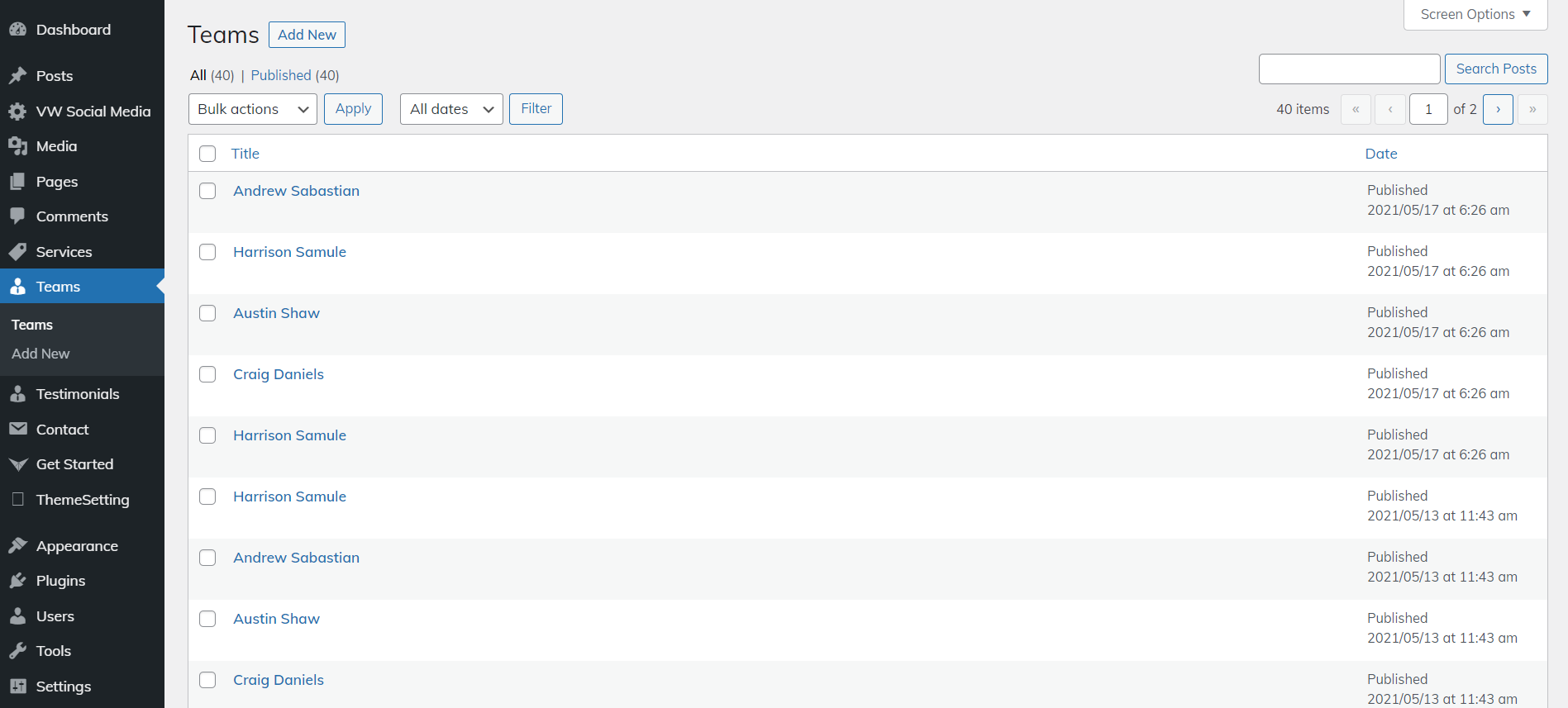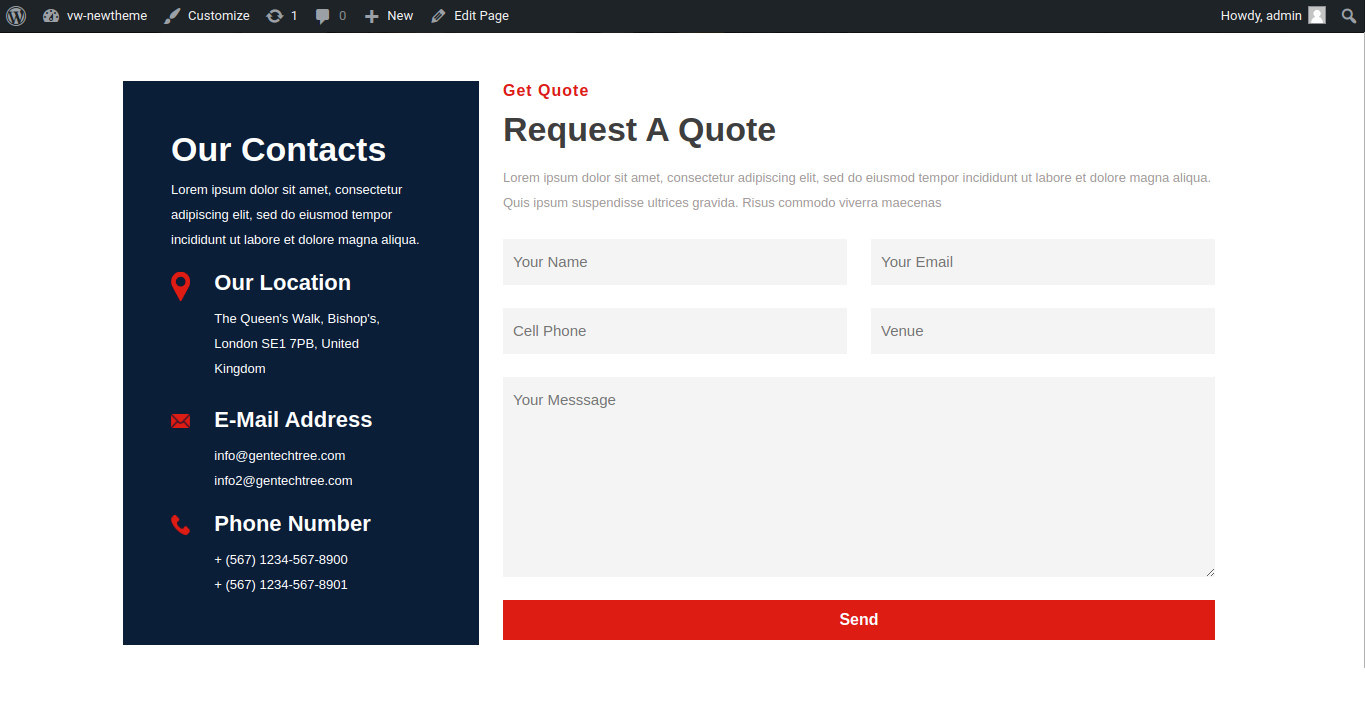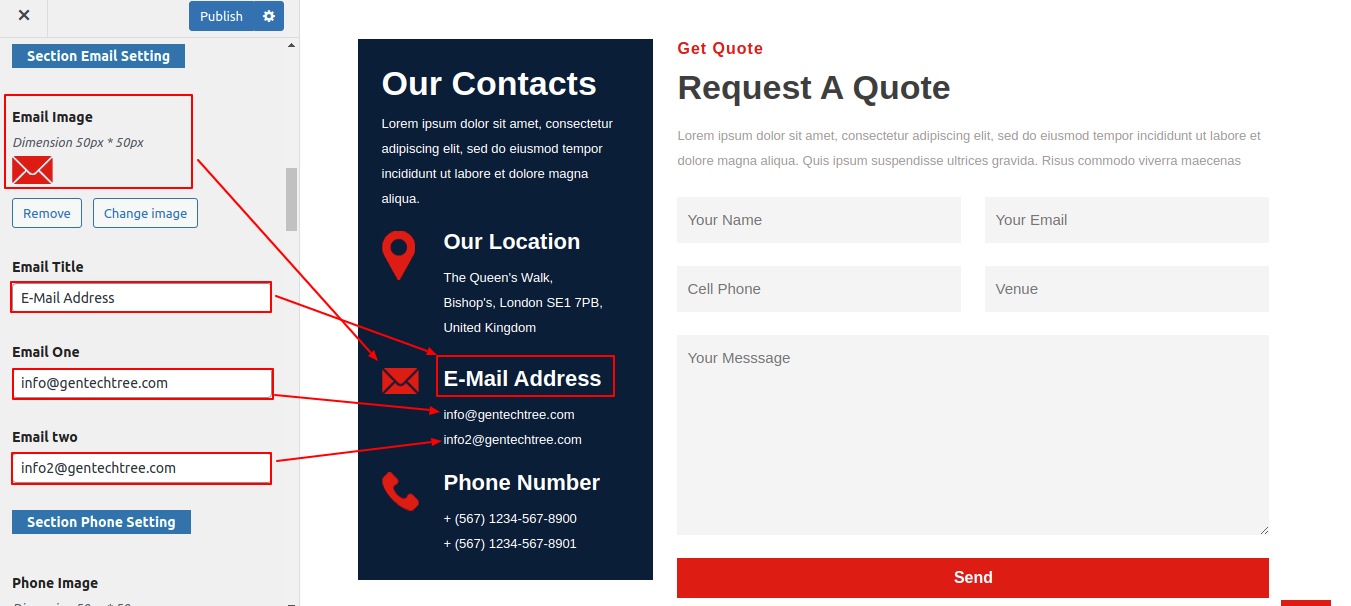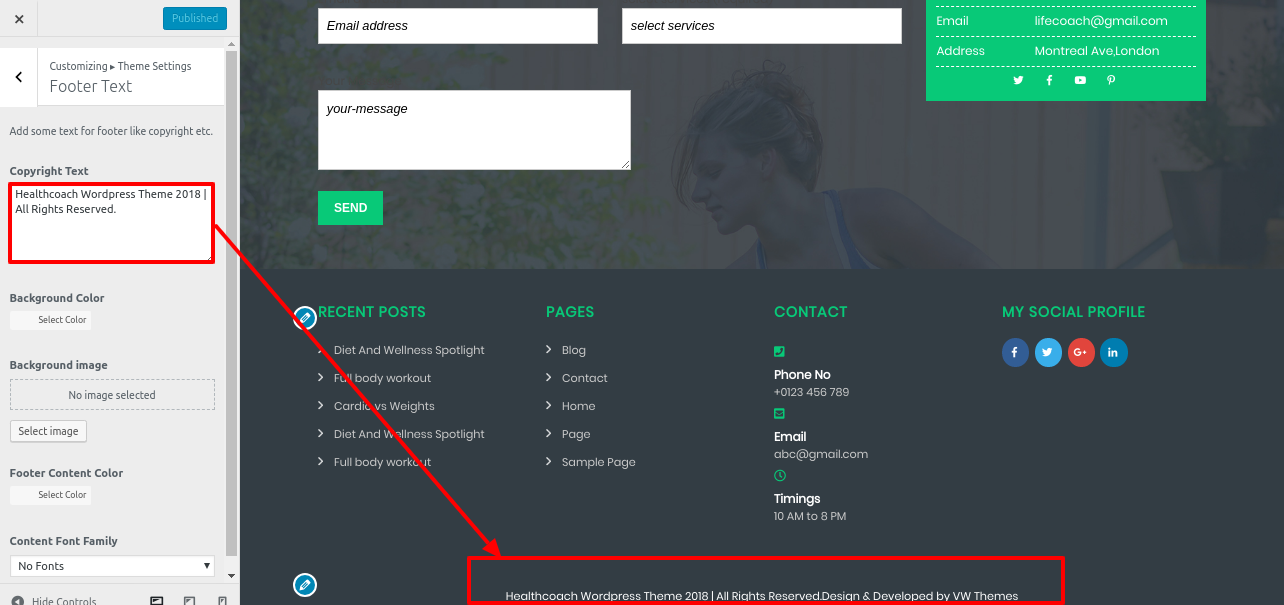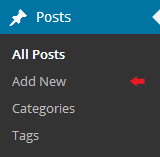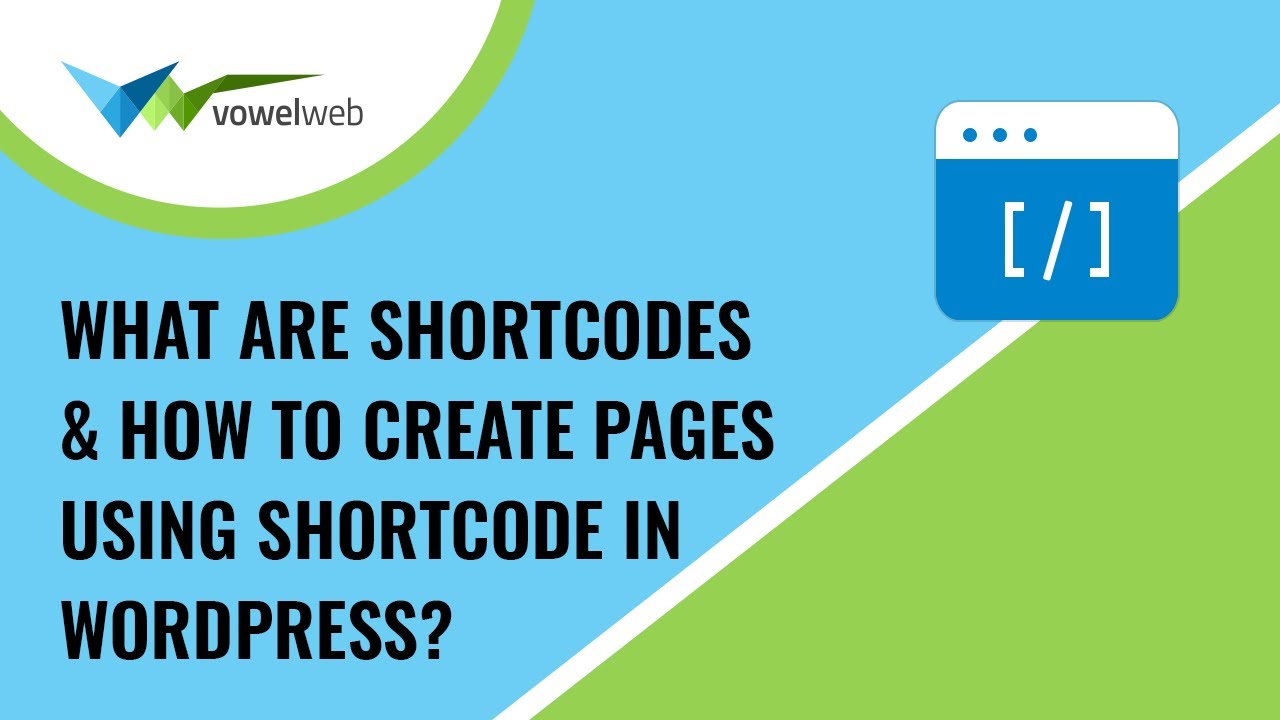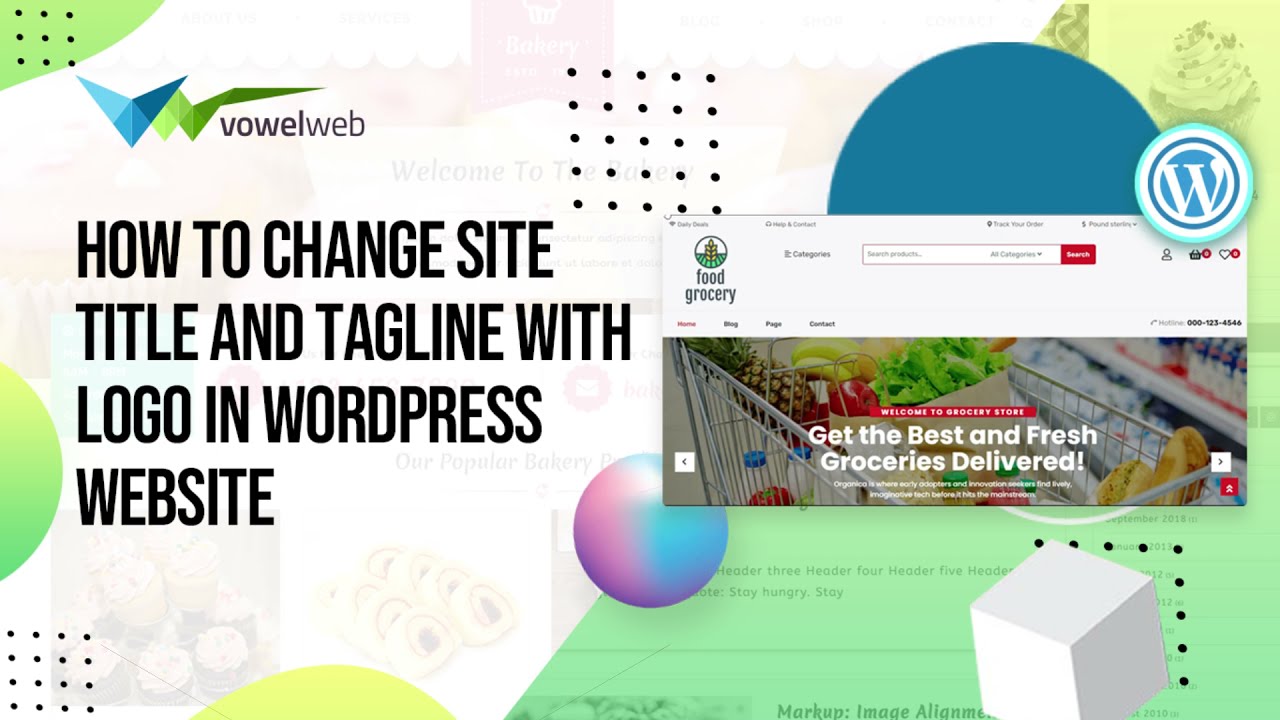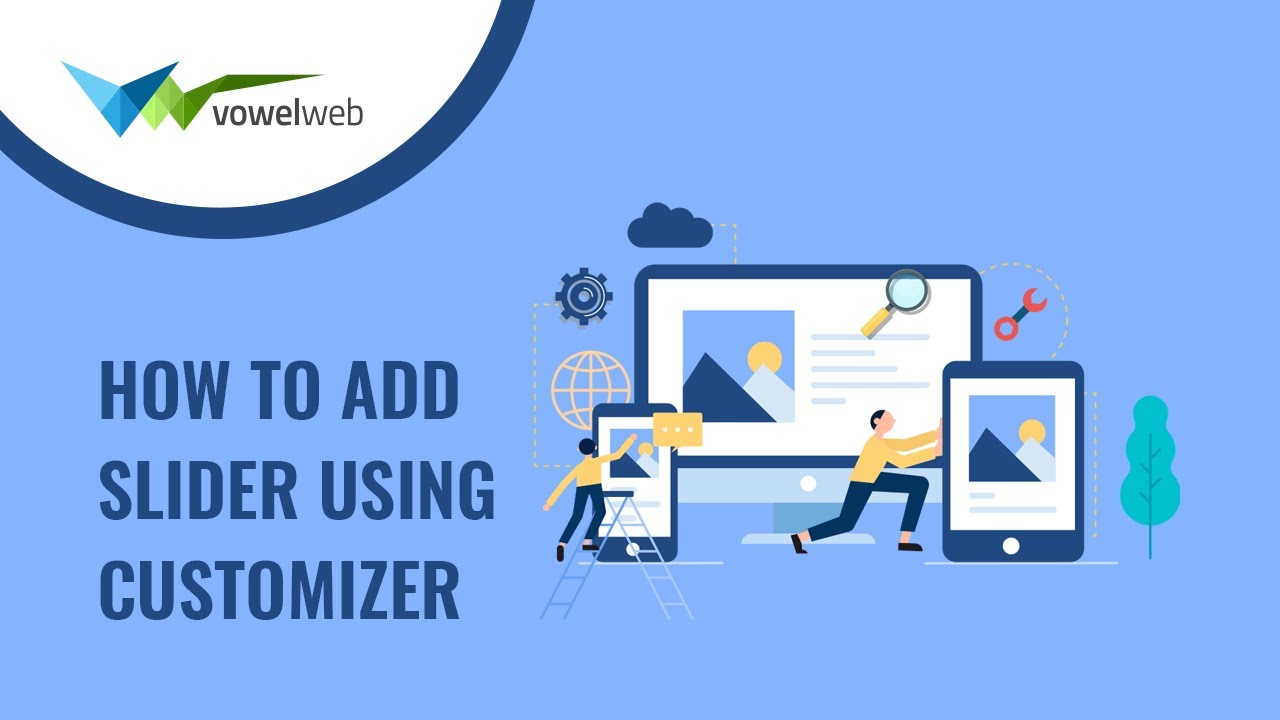System Requirements
We advise you have the following minimum system configuration in your web server theme.
- WordPress 6.4 or later
- PHP 8.2 or 8.3
- MySQL 5.6 (or greater) | MariaDB 10.0 (or greater)
- Need php ini file configration -
- post_max_size = 256M
- upload_max_filesize = 256M
- max_execution_time = 5000
- max_input_time = 5000
- memory_limit = 1000M
Introduction
We appreciate you purchasing our WordPress theme. This article demonstrates several steps of the full configuration and management process for a WordPress website.
What is WordPress CMS?
WordPress is an open source website creation tool that uses PHP and MySQL as its foundation. It is a robust blogging platform and a totally free content management system (CMS). Using this CMS, you may create reliable online applications and websites. To manage it, you scarcely need any technological expertise or understanding. Because of its many benefits, including ease of use and flexibility, WordPress has emerged as the most popular website construction tool on the market. Learn More
What is a Wordpress Template?
A WordPress template serves as the skin for websites built using the WordPress content management system. A WordPress template is incredibly simple to setup. You may quickly modify the appearance of your WordPress website by installing a new template. A WordPress template comes with all the necessary source files, and you are free to change and expand it however you see fit.
Help and Support
Click here for support:
File Structure
The template bundle that you downloaded is divided into various directories. Let's examine the contents of each folder:
-
Screenshots
-contains a screenshot of a template. Not for manufacturing.
- theme -files for the WordPress theme
- "vw-music-recording-pro" -All of the files required for the theme are in this folder.
- "license.txt" -includes licence information
- "readme.txt" -provide details on the theme's image paths, font usage, and script usage.
Template Installation
The process of installing a template is very straightforward and easy.
Within the WordPress interface, all installation procedures may be completed. It facilitates a quick and comfortable process.
There are two ways to complete the installation process.
1-To install a theme using WordPress admin, follow these steps:
First, log in to your WordPress admin dashboard.
1.Go to the Dashboard > Appearance > Themes
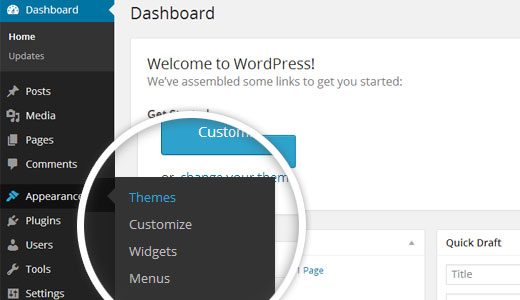
2. Once you are on the themes page, click on the "Add New" button located at the top of the page.
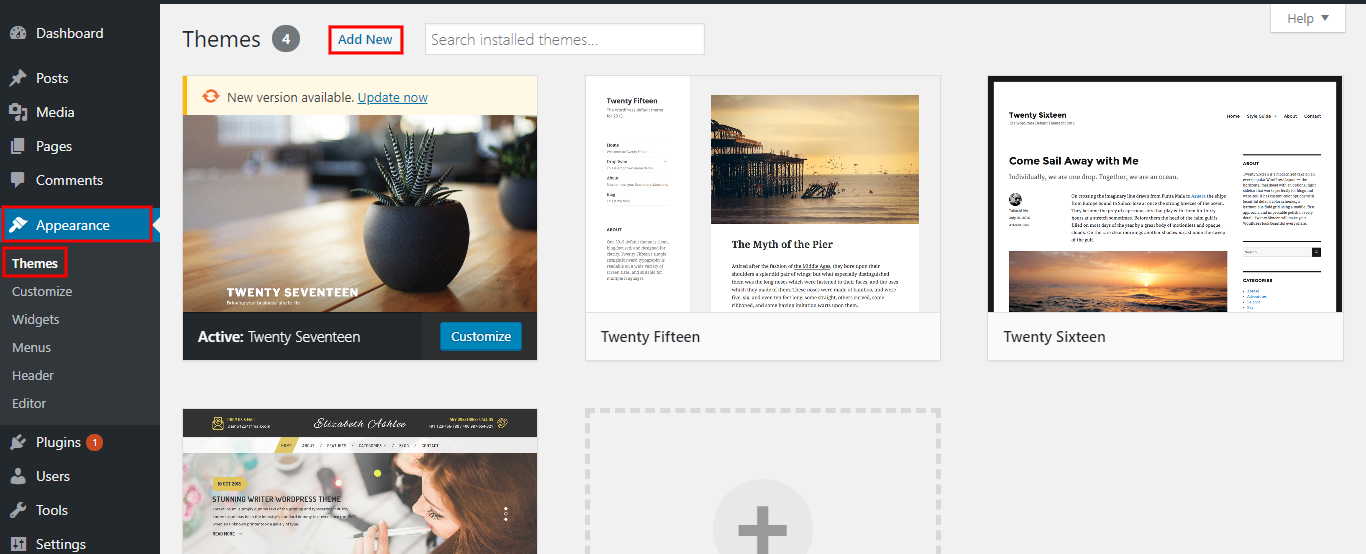
3.To upload a theme, click the button.

4. Click the "Browse" button, select the vw-music-recording-studio-pro.zip theme, and then click the "Install Now" button.

5.WordPress will now proceed with installing your selected theme, and upon completion, you will see a success message that includes options to activate the theme or preview it live.
Congratulations! Your theme has been successfully installed and set up.
2-Install a Theme using FTP
The theme can be uploaded using FTP, which is your second installation option. To use this method, first log into your website using FTP and navigate to the wp-content/themes folder. Just extract the Total folder from the theme file you got and upload it to your server.
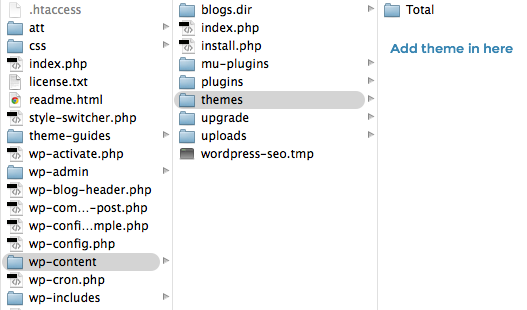
Then sign in to your WordPress website and go to Appearance >> Themes to activate Total.
Section Color/Font Pallette
The method of changing the colour or font is quite simple. These choices are available in all customizer areas. It is a comprehensive graphic that demonstrates the typeface and colour palette. You can change the colour and font of the headings, paragraphs, and buttons with a single glance or click.
Depending on the number of options accessible in each part, there is an option to change the colour scheme for the headings, title/text, paragraph, button text, and button background.
Default Color/Font settings


Theme Wizard
To import content using Theme Wizard, adhere to these procedures.
1) Go to Dashboard >> Getstarted
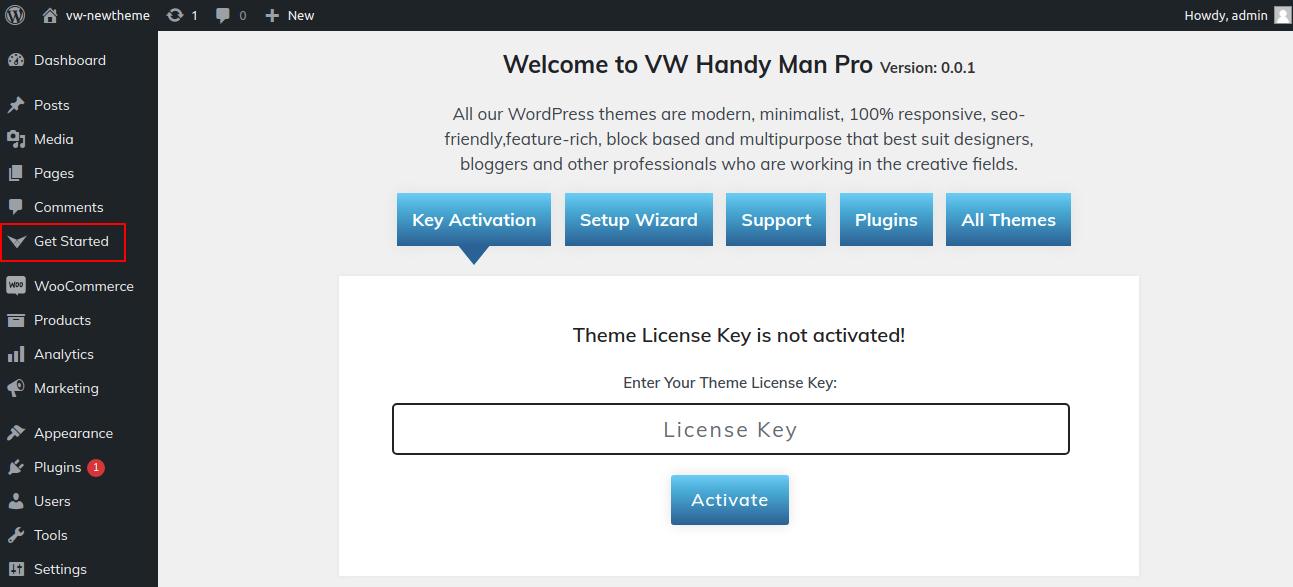
2)Put in your key.

Refer video for Licence key activation:
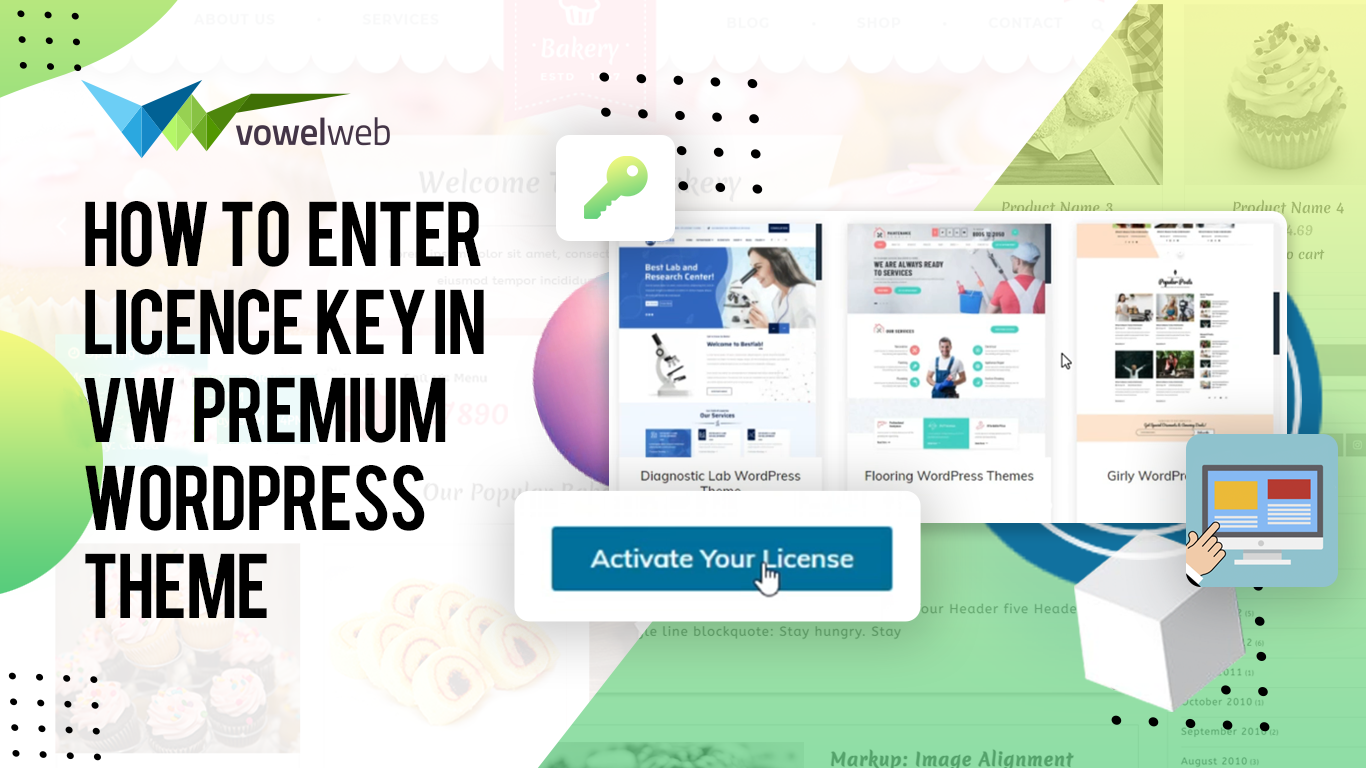
3) After selecting Setup Wizard, click Start Now.
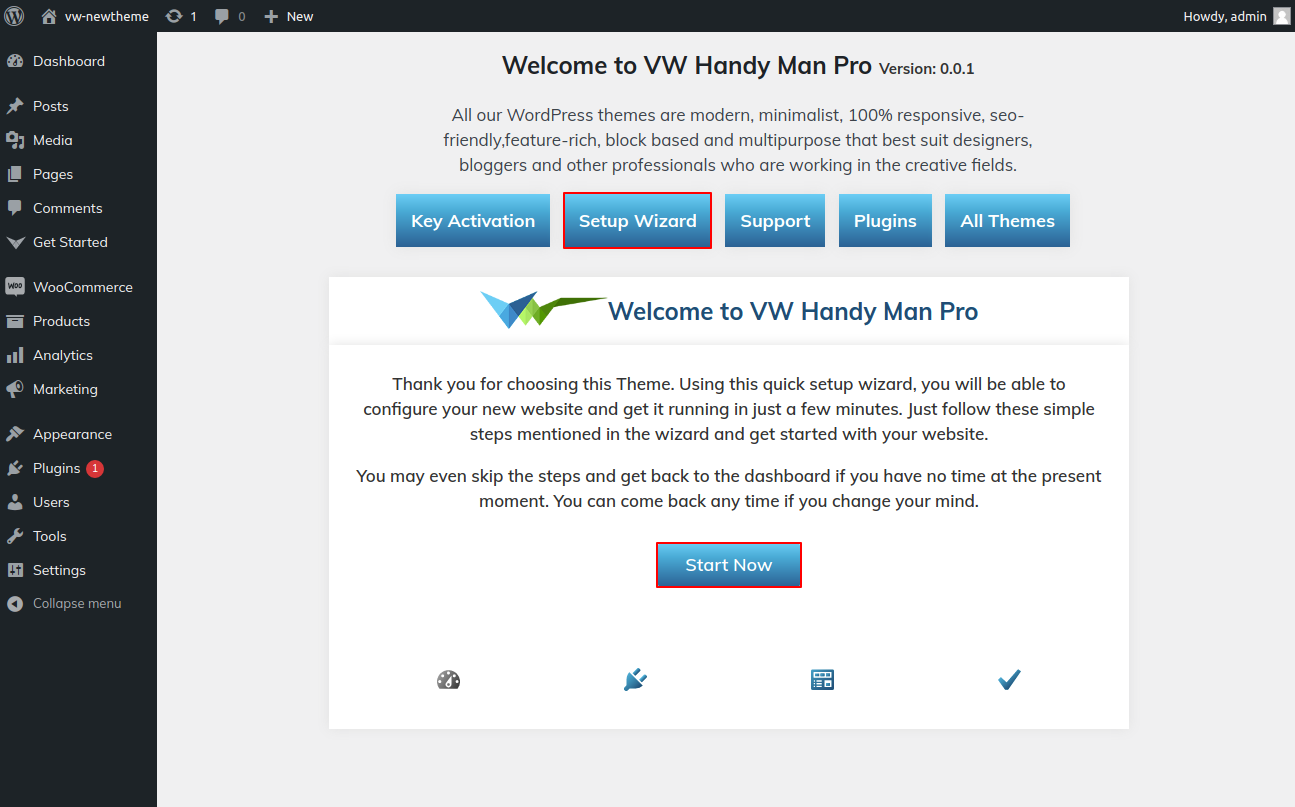
4) install Plugins.
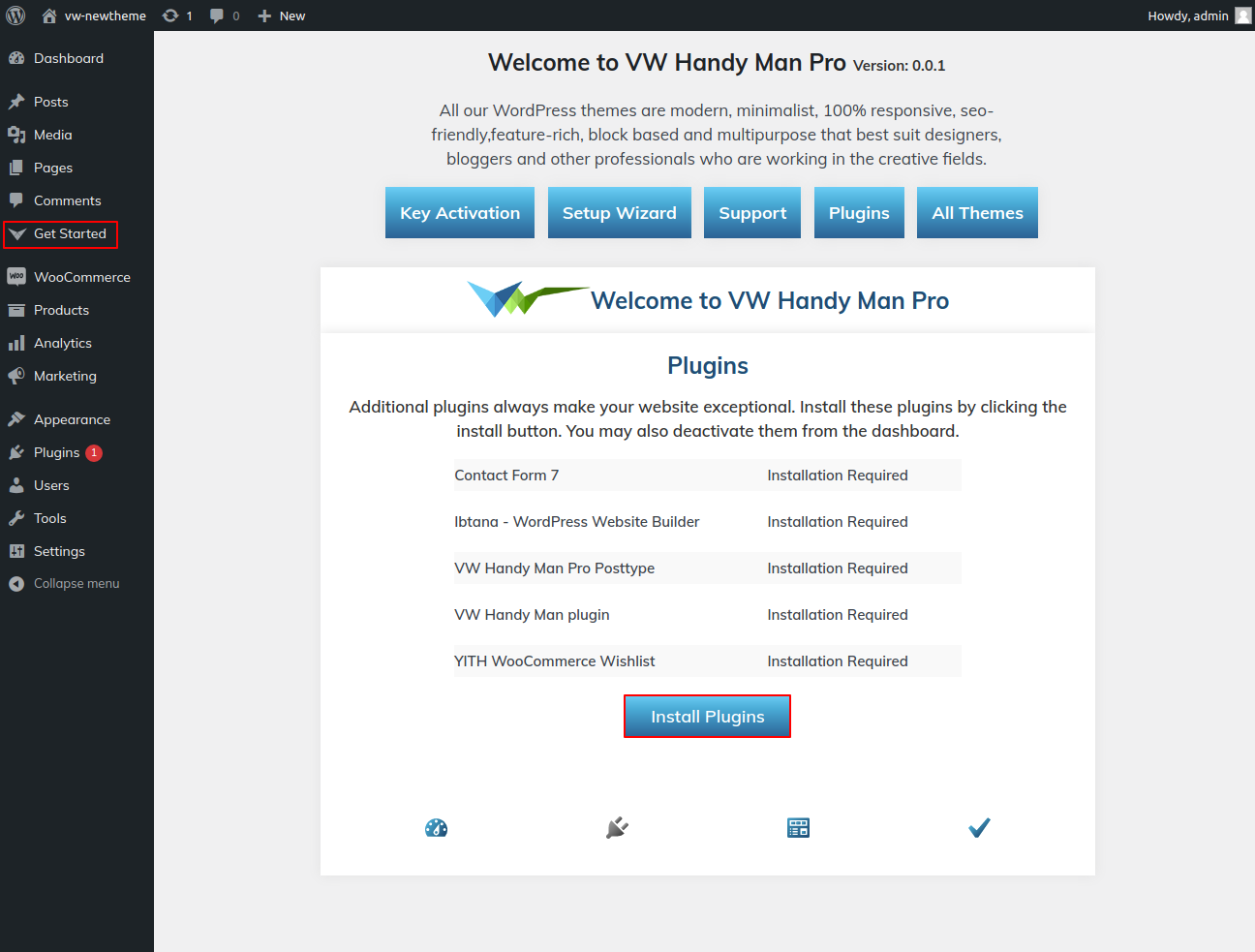
5)Your demo material based on Customizer and Gutenberg should be imported.
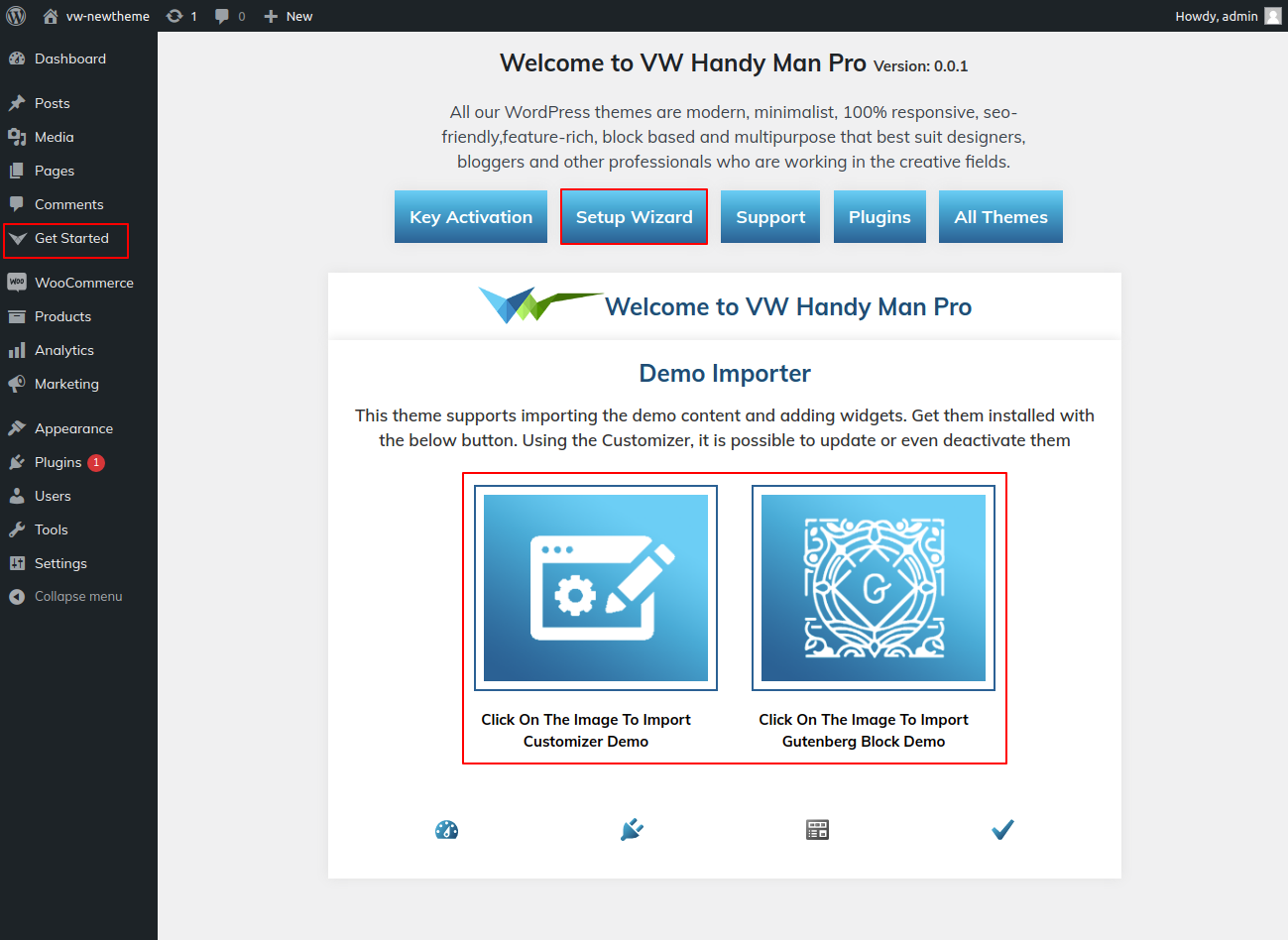
For setting up your demo content based on, you can refer to this video.












